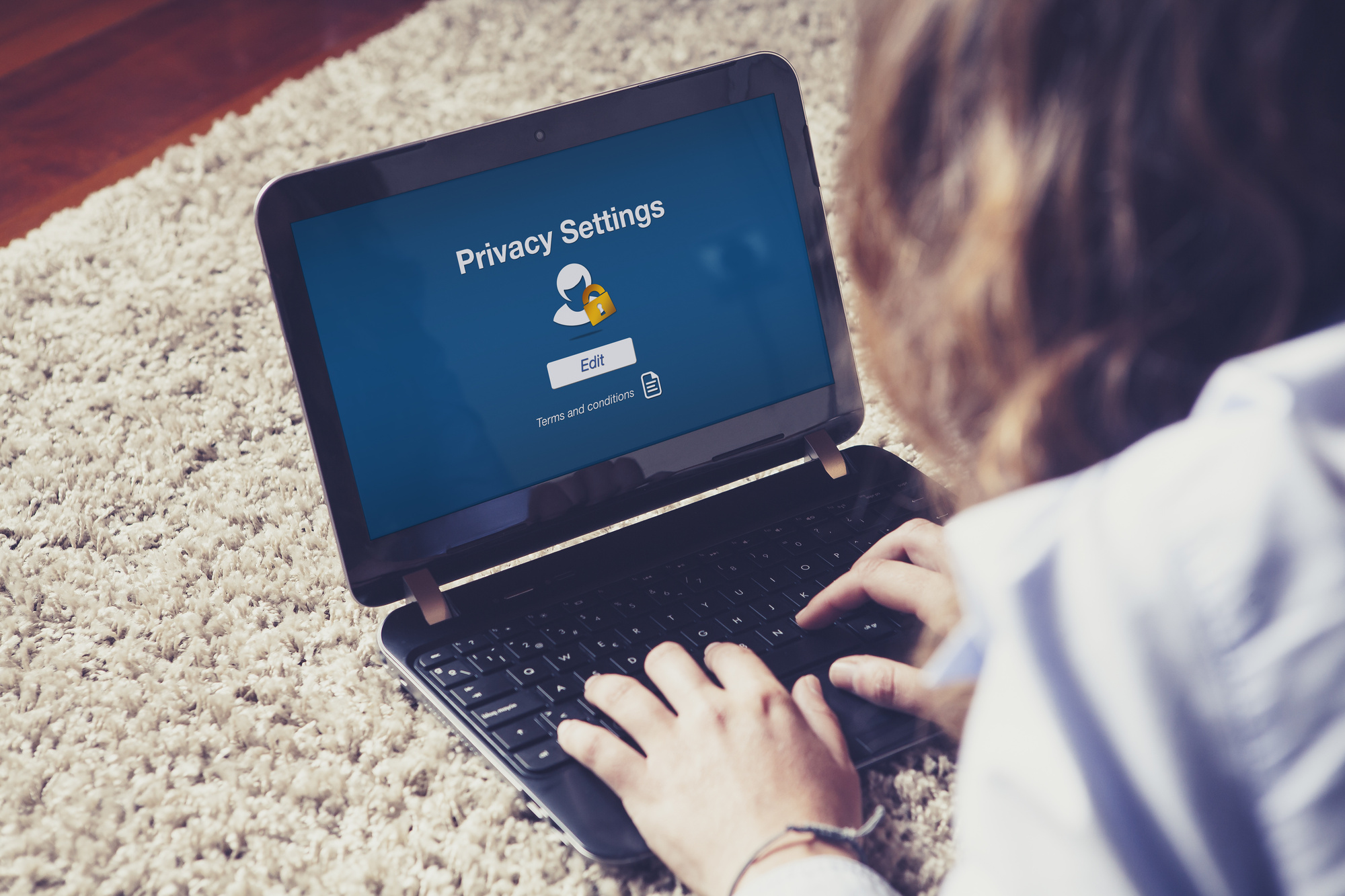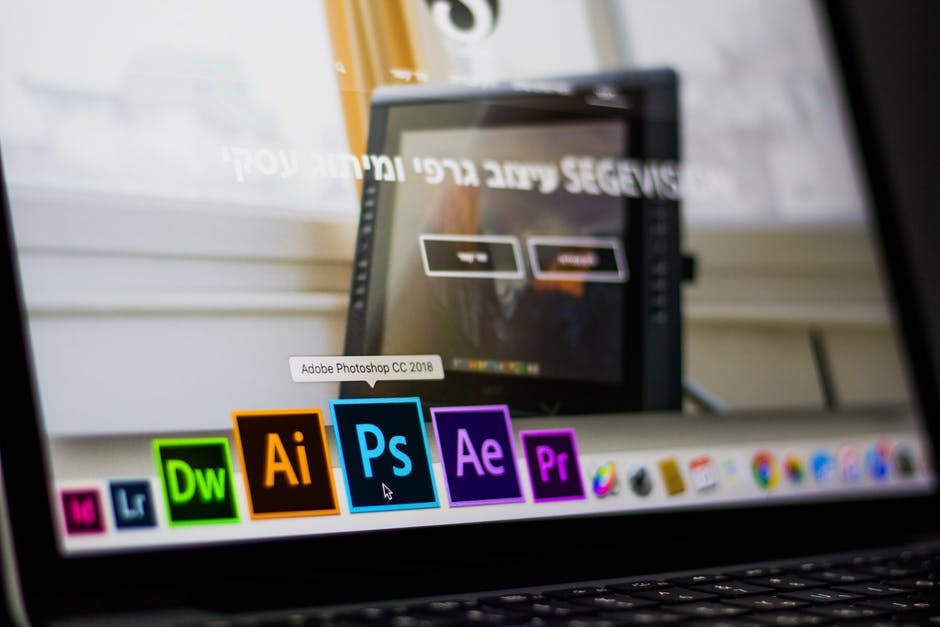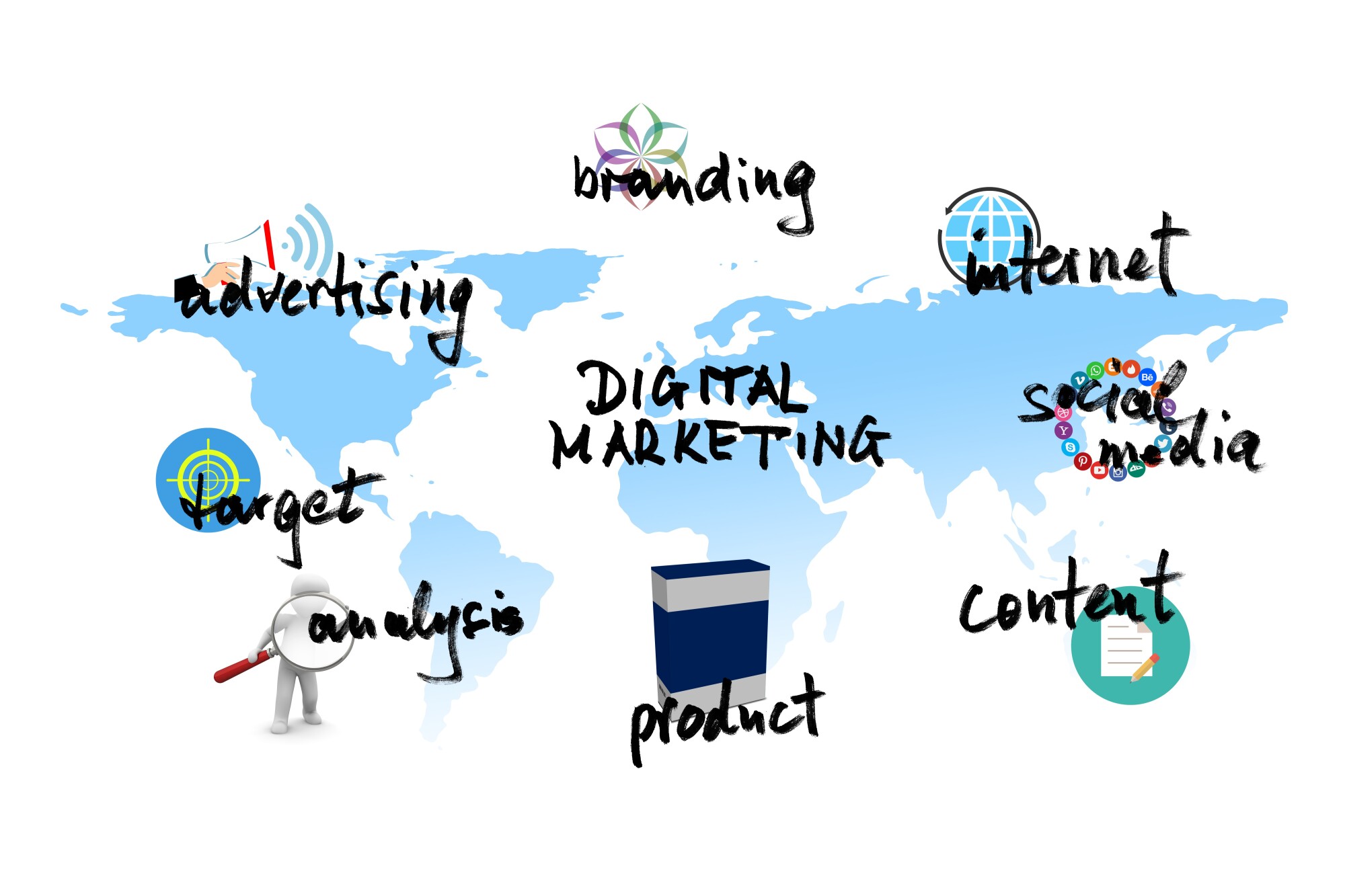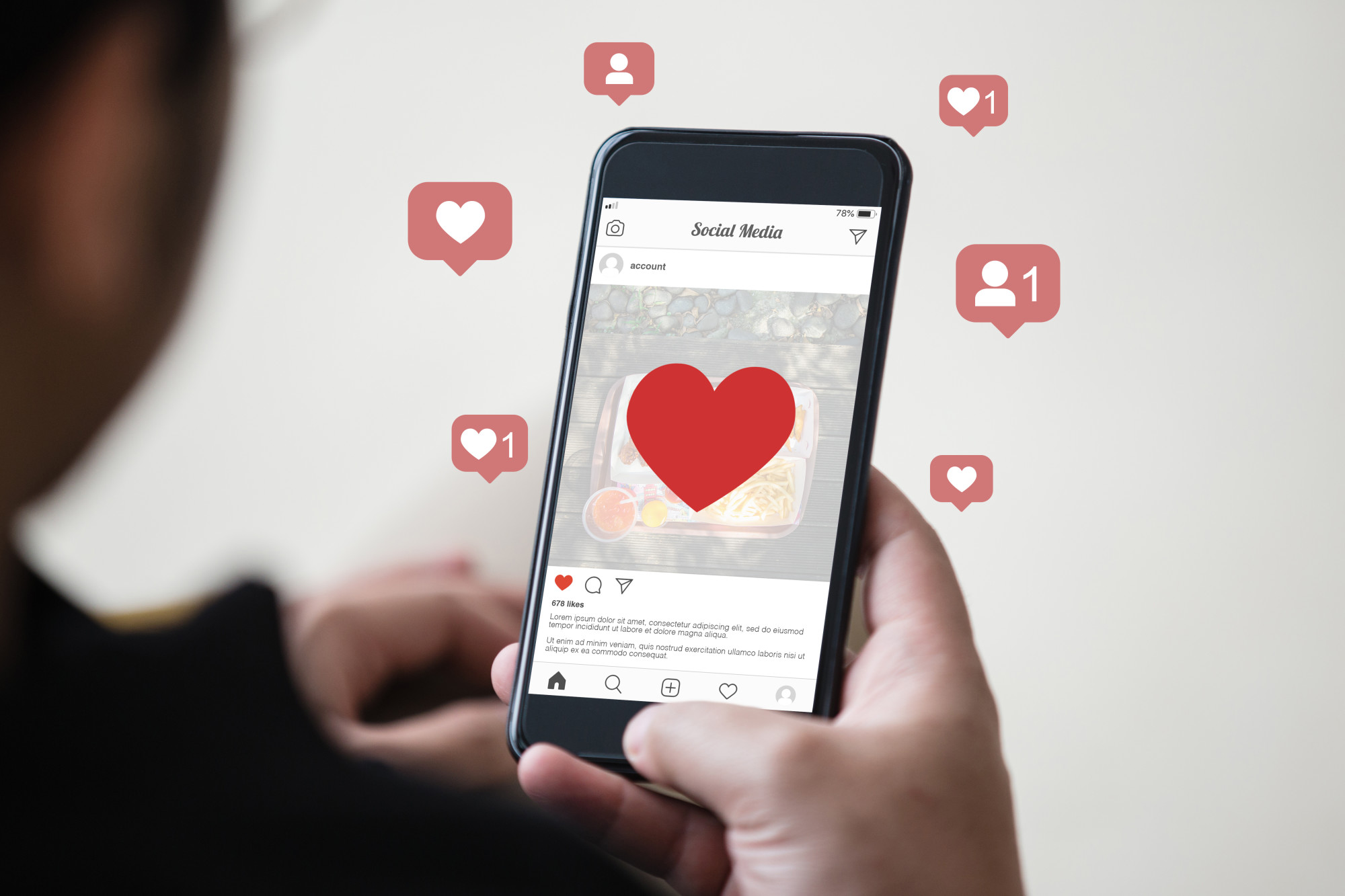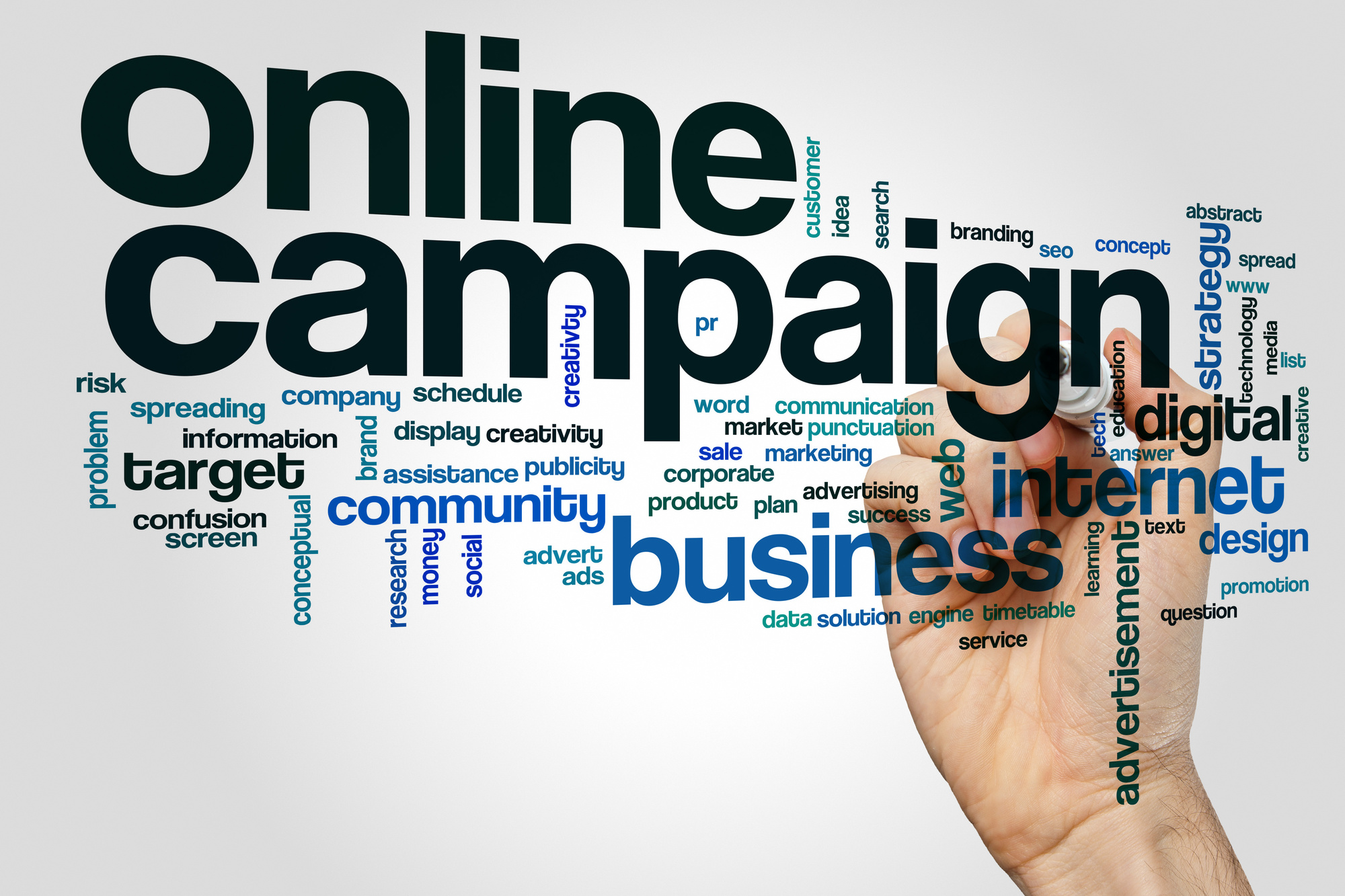Do you share a lot about your life on social media?
You’re not alone. Approximately 77% of the U.S. population has a social media profile of some kind.
Facebook, Instagram, SnapChat, Twitter: all of these platforms give us a chance to connect with those we love.
Even if your life isn’t an open book on social media, however, it’s important to keep your information secure.
This is especially the case if you use social media to post details about your professional life, including businesses.
In this post, we’ll look into the basics of social media security. Make sure you take these precautions the next time you decide to share a status!
What Is Social Media Security?
It’s easy to treat social media the same way that we treat text messages or phone calls. We often view social media platforms as personal communication channels, not sites for information exchange.
But recent scandals with Facebook and other social media platforms prove that this is not the case!
What you share on social media does count as data. And business owners and research companies – not to mention hackers – could access your data at any time.
What’s more, hackers can easily get a hold of your email address. This is more grievous than most realize, as an email address can unlock accounts and open the channels for spam.
The same goes for phone numbers and physical addresses shared on social media.
This doesn’t mean that you have to automatically delete all of your social media accounts. And it doesn’t mean that you can only use Twitter to share statuses about specific things.
Social media is a valuable resource for personal and professional purposes. Yet it’s wise to use this tool, well, wisely, given the security risks at play.
Social media security thus refers to the practice of taking precautions when using these platforms. It means following the right steps to ensure that what you share on Facebook or Snapchat remains your own (and not someone else’s).
Here are some things that you can do to make sure your information is secure.
Social Media Security: The Basics
Even if you scroll through newsfeeds once a year, it’s important to take precautions.
The basics of social media security begin with you and your circle of followers and friends.
1. Get Multi-Factor Authentification
Multi-factor authentification means that you have to use more than a computer password to log into your account. Often times, a platform will send an external device (like an iPad or a phone) a message with a further code required to log in.
You may have already used this with an email account, such as Gmail or Yahoo.
Multi-factor authentification can make it harder for third parties to hack into your account.
This is essential for business profiles and social media accounts. But it can also be a valuable tool for people who use social media for personal purposes.
2. Use a Unique Password
It may be tempting to use the same password for all of your online accounts. Given the fact that you likely have lots of online accounts, this only makes sense.
But using the same password for all of your accounts can be dangerous, if not downright risky.
Using non-authentic passwords for social media can make you more liable to a hack. This means that other, vital data (such as financial data) can be compromised more easily.
Create a unique, totally authentic password for each social media account. If possible, use passwords with a diverse mix of symbols, characters, and letters.
Learn more about creating a great password here.
3. Log out of Accounts when Not in Use
It’s easy to leave your social media apps open on your phone or iPad. It’s even easier to use phone or computer memory to save passwords to these accounts.
Yet both practices, while convenient, can be risky. This is especially the case for accounts on your computer.
Log out of your accounts after using them to boost security. This can also be a great way to fend off social media distraction!
4. Make Sure You’re Connecting with the Right People
If you’re an avid Facebook-er, take the time to ensure that your friend circle is “curated.” This means cleaning out the friends list to ensure that everyone on it isn’t likely to misuse your info anytime soon.
Yes, this practice may feel risky, particularly when it comes to delicate social relationships. But it is vital, especially because any of your social media friends can easily “share” your content (and even be malicious about it).
Make sure you’re connecting with the right people on every social media platform, including Instagram, LinkedIn, and Twitter. Don’t be shy about removing followers who aren’t likely to keep your best interests in mind.
5. Update Security Practices Regularly
Every social media giant has security settings available for all users. These function much like LifeShield does for your home, keeping you safe from those seeking to threaten your security.
Privacy settings are likely to shift as social media platforms change their regulations. Be sure that you update your security practices regularly.
This means changing your social media passwords every couple of months (ideally). It also means briefing yourself on your current favorite platforms’ security measures (and their updates!).
As an example, learn more about Facebook’s privacy settings.
6. Think Before You Post
This may go without saying. But it really forms the heart of social media security.
Be cautious about anything you share or post online. Make sure any content you share is reshareable – that is, safe to exchange across multiple friend networks.
Anything that walks the line should be saved for text messages or in-person conversations.
Social Media Security Basics
Your information matters. The next time you jump on to Instagram, be sure you’re keeping social media security in mind.
This means using multi-factor authentification for logging into social accounts. It also means crafting unique, secure passwords for all of these accounts – and changing these often!
Brief yourself on platform security settings and always make sure to keep these updated.
At the end of the day, think before you post. A pause can mean the difference between a hack and a safe account!
At Status Wish, we have everything you need when it comes to social media. Browse our collection of social media tips and tricks here.

